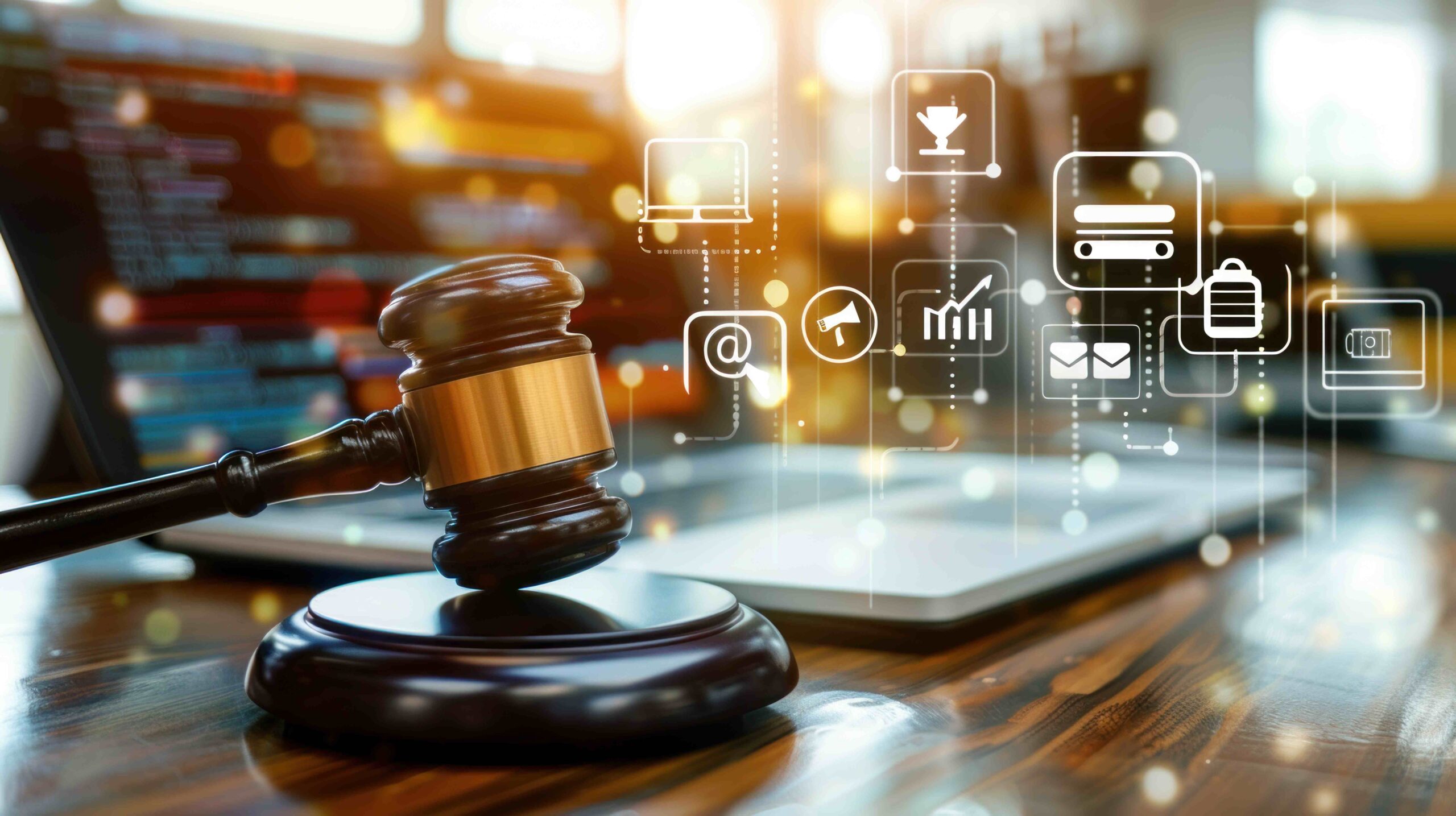We’ve all been there – one moment, you’re casually checking your emails, and the next, you’re gripped by that sinking feeling as you realize, “Oh dear, I clicked on a phishing link!”. It’s like accidentally stepping on a banana peel in a world full of cyber threats.
In our digital age, cyber threats lurk around every corner, and sometimes, even the savviest of users can fall prey. But before you plunge into panic mode, it’s vital to understand what you’re dealing with and the steps to rectify any potential damage.
Understanding Phishing Links
At its core, phishing is a deceptive attempt by cybercriminals to trick you into sharing sensitive information. It often involves mimicking reputable sources to gain your trust. From bogus bank emails to sneaky social media messages, the methods employed by these scammers are vast and varied.

What is a phishing link?
A phishing link is a malicious link sent by cybercriminals intending to deceive the recipient into sharing personal, financial, or business information. These links often resemble legitimate websites or services.
Why are phishing links dangerous?
Phishing links aim to exploit the user either by stealing their data, installing malware, or gaining unauthorized access to systems.
I clicked on a Phishing Link: Important Steps to Take
Disconnect from the Internet: To prevent any malicious downloads or further actions from taking place, temporarily disconnect your device from the Internet.
Scan for Malware: If you’re thinking, “I clicked on a phishing link on my Mac or other device, how can I check for malware?” there are many reputable antivirus solutions available. Schedule a comprehensive scan to ensure no malicious software has been downloaded.
Report the link: Notify your IT department or the legitimate entity being impersonated about the phishing attempt.
Change Your Passwords: As a precautionary measure, change the passwords for your accounts, especially if the link you clicked on led to a page asking for login credentials.
I clicked on a Phishing Link But Did Not Enter the Details.
You’re in a slightly better position if you refrain from entering any personal information. However, it’s essential to remain cautious. Some phishing sites have scripts running in the background to download malware or track your actions.
Platform-Specific Concerns
- I clicked on a Phishing Link on My Samsung Phone: Mobile devices aren’t immune to phishing. Ensure you have a trustworthy mobile security solution installed. Regularly update your phone’s software, as updates often contain security patches.
- I clicked on a Phishing Link on My Phone (General): Regardless of the brand, if you click on a suspicious link on your phone, clear your browser cache and scan your device for threats. Be wary of any unexpected or suspicious SMS messages you might receive subsequently.
- I clicked on a Phishing Link Reddit Mentioned: Phishing links can crop up anywhere, even on popular platforms like Reddit. Always be skeptical of links shared by unfamiliar sources or those that seem out of context.
Also See: How to Check Links for Phishing Scams: Expert Tips for Effortless Security
Accidentally Clicked on a Spam Link?
It’s easy to mistake a spam link for a phishing link. While spam links are primarily designed to promote, sell, or advertise, they can sometimes contain malware. If you’ve accidentally clicked on a spam link, follow the same protocols mentioned above to ensure your device’s safety.
Community Stories & Warnings
I clicked on a phishing link in Reddit discussions
Numerous Reddit users share their experiences and advice regarding phishing links. Being a part of such communities can be educational.
Clicked on a phishing link on my phone: What users are saying
Phones are not immune to threats. “I clicked on a phishing link on my phone” is a growing concern as mobile phishing attacks become more sophisticated.
Tips for Recognizing Phishing Attempts
Knowledge is power. Equip yourself with these tips.
Red Flags in Email Phishing
- Generic greetings
- Urgency to act
- Spelling and grammar mistakes
- Suspicious attachments
Suspicious Website Indicators
- No HTTPS in the URL
- Mismatched URLs
- Poor website design
Safety Checks to Avoid Falling for Phishing
Always double-check email senders, hover over links to see their actual destinations, and avoid downloading unknown attachments.
Preventing Future Phishing Attacks
Email Best Practices
Would you open your door to a stranger? Treat emails with the same skepticism. Avoid clicking on unsolicited links, and never download attachments from unknown sources.
Two-Factor Authentication

An extra layer of defense never hurt anyone.
How 2FA Works
Think of 2FA as a double-check. First, you enter your password. Then, you’ll receive a code on your phone. Only after entering this code do you gain access. It’s like having two keys for one lock.
Staying Updated with Cyber Threats
Stay informed. The more you know about current threats, the better you can guard against them.
Conclusion
Phishing can throw a wrench in your digital life, but with awareness and swift action, you can minimize its impact. Remember, in the vast ocean of the internet, it’s better to be the cautious fish that got away than the one that got caught.
Seeking the expertise of professionals in the field is a wise step towards ensuring your data remains uncompromised and secure. Don’t wait until a breach happens; be prepared and proactive by partnering with experts. Companies like Nextdoorsec offer comprehensive cybersecurity solutions tailored to both individuals and businesses.
FAQs
1. What to do if you click on a phishing link on your iPhone?
- Clear your browser history and data.
- Change passwords for any accounts you may have accessed since clicking.
- Enable two-factor authentication where possible.
- Monitor your accounts for suspicious activity.
2. What to do if you click on a phishing link on Android?
- Clear your browser’s cache and data.
- Change passwords for potentially compromised accounts.
- Turn on two-factor authentication for added security.
- Keep an eye on your accounts for unusual activity.
3. What to do if you click on a phishing link on your iPhone in 2023?
The steps remain largely consistent: Clear browser data, change passwords, activate two-factor authentication, and monitor for irregularities.
4. What if I clicked on a phishing link but did not enter details?
While the risk is lower, it’s still wise to clear your browser data, avoid clicking on suspicious links in the future, and remain vigilant about account activity.
5. What if I clicked on a phishing link on my Samsung phone?
Clear the browser cache and data, change passwords for any accounts you’ve accessed recently, activate two-factor authentication, and watch for abnormal account actions.
6. What happens if you accidentally click on a phishing link?
By merely clicking, you might inadvertently download malware or expose your device to vulnerabilities. Always clear your browser, change passwords, and monitor accounts.
7. What happens if you click on a phishing link but do not enter details?
While less risky than entering personal information, your device could still be at risk. Follow preventive measures like clearing browser data and being cautious in the future.
8. What should you do if you just clicked on what appears to be a phishing email, but nothing seems to have happened?
Always err on the side of caution. Delete the email, clear any browser data if a link was clicked, change potentially compromised passwords, and be wary of suspicious emails in the future.






0 Comments